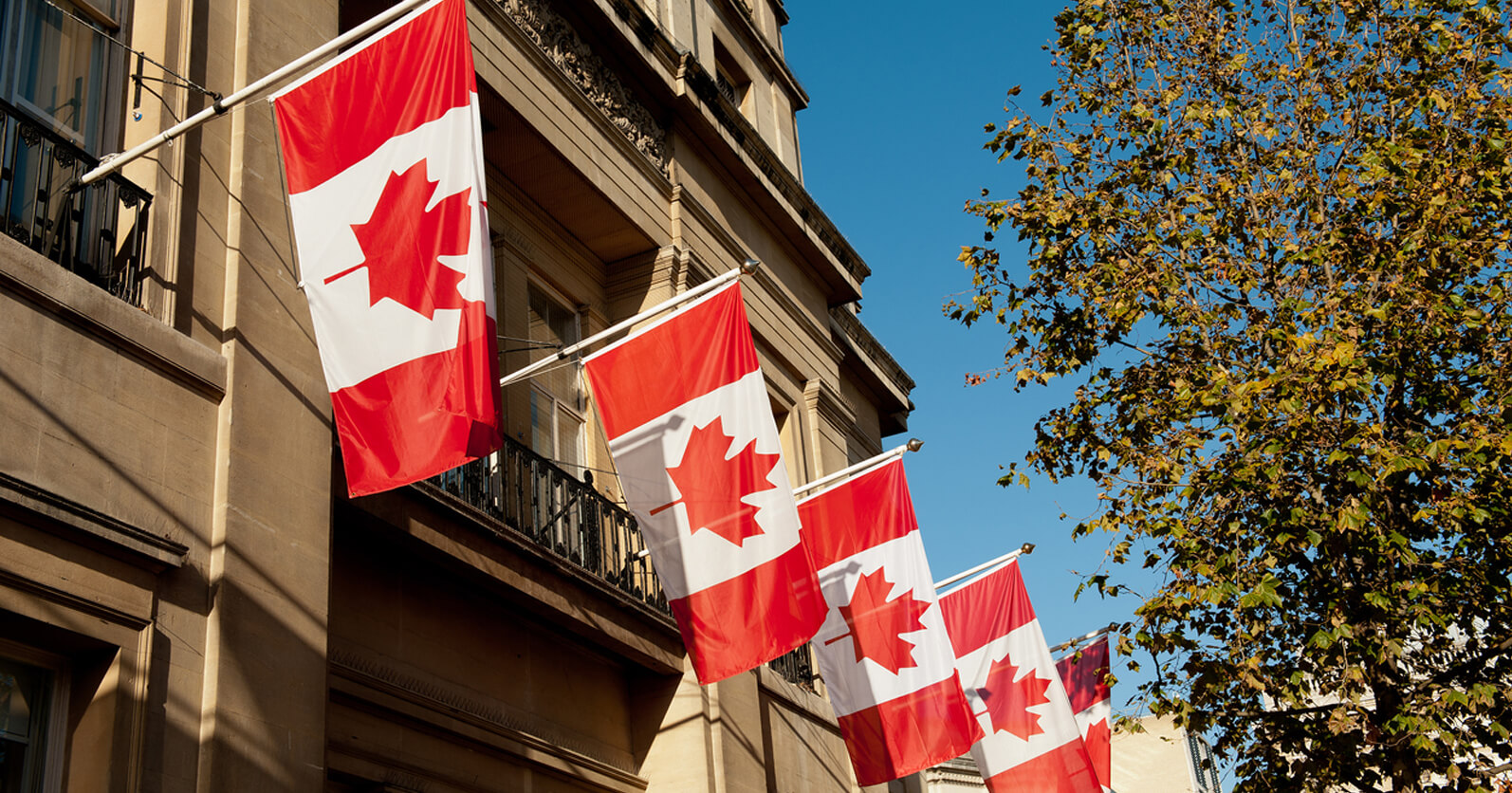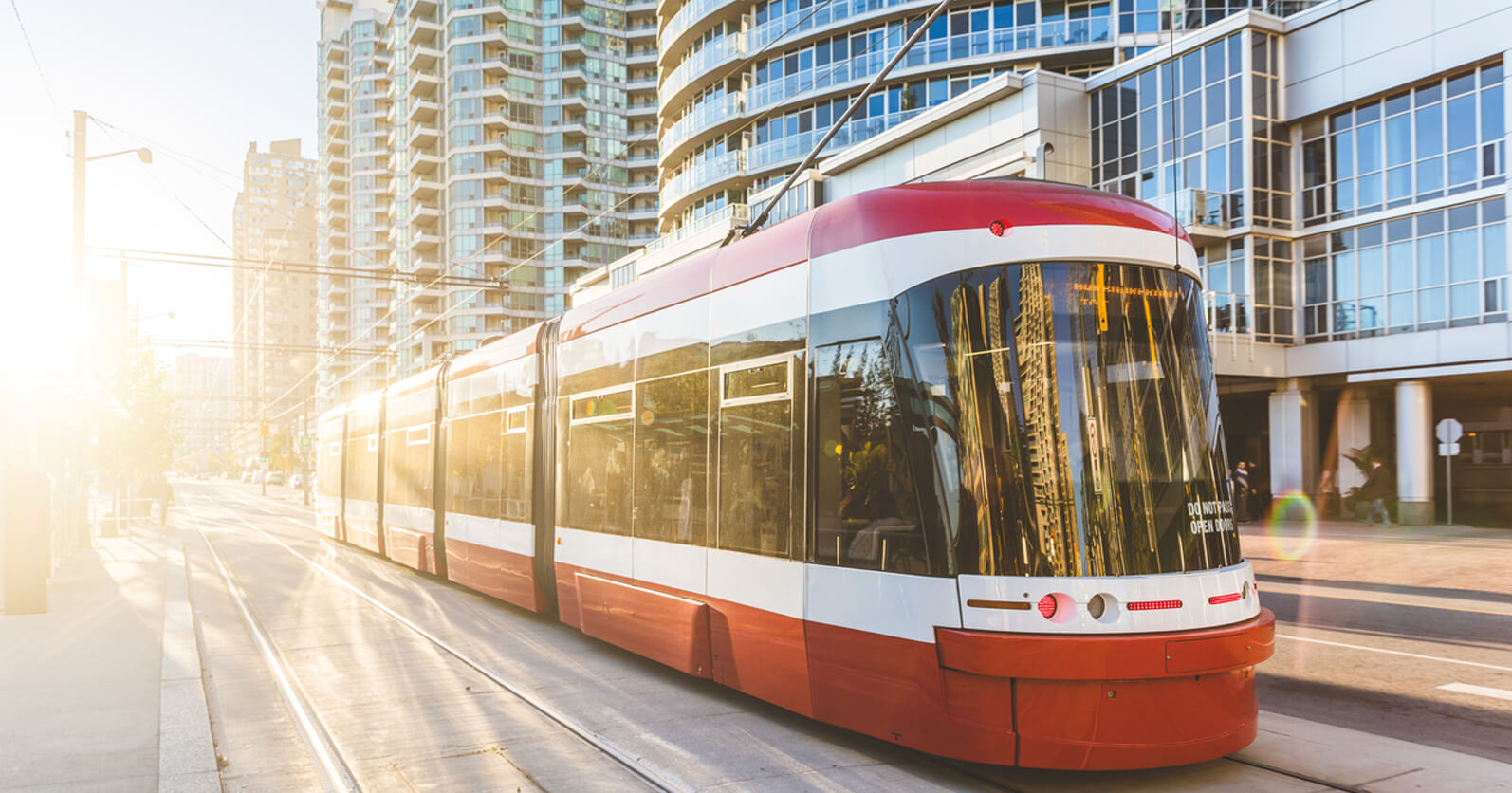
Moving to Canada: A Guide for Filipinos
Are you looking to move overseas but can’t decide which country to consider? Canada is one of the most popular destinations amongst Filipinos, who are moving to Canada for work and study. Since it’s also connected to the big and mighty country of the United States, migrants find that Canada offers a wealth of opportunities. It also boasts a strong economy, low crime rate, world-class education system, diverse culture, majestic sceneries and many more.
If any of these entice you to move to this beautiful country, here’s a list of the essential information you might want to look into before moving to Canada:
- Information about Canada
- Canadian visa options for Philippine passport holders
- Cost of living in Canada
- Setting up a bank account in Canada
- Finding accommodation in Canada
- Healthcare in Canada
- Sending money to the Philippines from Canada
About Canada

Canada is a massive country, measuring about 9.985 million sq km. It is the second-largest country in the world after Russia, but it has a low population density. Given its large size, the country covers a total of 6 different time zones. What’s even better is that there are lots of things to do in the country, whether you’re up to go on a new adventure, discover new places or learn a variety of cultures. To find out more about Canada, here are some facts about the country:
Official Name: Canada
Capital: Ottawa
Population: 37,832,730 (Worldometer, 2020)
Official Language: English and French
Money: Canadian Dollar
Employment: The Canadian government offers work opportunities for thousands of immigrants through different immigration streams, such as the Provincial Nominee Program and Atlantic Immigration Pilot. The Provincial Nominee Program (PNP) allows local provinces to nominate migrants who wish to live and work in a specific Canadian province or territory, and to become a permanent resident of the country ultimately. On the other hand, the Atlantic Immigration Pilot targets skilled workers who wish to gain permanent residence in the Atlantic provinces, including Nova Scotia, Prince Edward Island, New Brunswick, and Newfoundland and Labrador.
Canadian Visa Options For Philippine Passport Holders

Philippine passport holders who are planning for moving to Canada would need to secure a visa. The great news for Filipinos is that there are different pathways they can consider to move to the country, including the following:
Moving to Canada – Express Entry
This program aims to select the highest-ranked skilled workers based on skills, work experience and potential to contribute to the Canadian economy who are invited to become permanent residents of Canada. There are three programs offered under Express Entry, including:
- Federal Skilled Trades Program
- Federal Skilled Worker Program
- Canadian Experience Class
Moving to Canada – Temporary Work Visa
The Canadian work visa is issued under the Temporary Foreign Worker Progam (TFWP). The TFWP aims to employ foreign workers to meet Canada’s labour market shortages. The program consists of four streams, which include:
- High-skilled workers
- Low-skilled workers
- Seasonal Agricultural Worker Program
- Live-in Caregiver Program
Migrate to Canada – Study Permit
Canada is well-known for its world-class education system, so Filipinos may also choose to pursue further education in the country as an international student. Filipinos residing in the Philippines may take advantage of the Student Direct Stream to be able to process their study permit quicker than the regular process.
Should you choose to pursue this path, you may also apply for a post-graduation work permit if you attend a recognised secondary or post-secondary school.
Migrate to Canada – Start-Up Visa
Canada’s Start-Up Visa Program offers permanent residence to eligible foreign entrepreneurs looking to migrate to the country. Filipino entrepreneurs may choose to take this path, so long as they have a qualified business, a Commitment Certificate and Letter of Support from a designated entity, sufficient funds and proof of English or French proficiency.
It is important to take note that although there are several options you can choose from to migrate to Canada, you still need to conduct extensive research on your chosen pathway. Every visa type also has different requirements, so check each one to ensure accuracy with your application.
For more information on the different visas and requirements, visit the Government of Canada website.
Cost of Living in Canada

Before moving to a new country, one of the first things to consider is the cost that comes with the relocation. This includes the cost it would incur to move and the cost to live there. It is thus worth knowing that Canada has higher living standards than the Philippines. To give you an idea of the estimate cost of living in Canada, here’s a list from Numbeo:
Monthly Rent
Inside the City Centre:
1 bedroom apartment: C$ 1,339.99
3 bedroom apartment: C$ 2,127.38
Outside the City Centre:
1 bedroom apartment: C$ 1,099.72
3 bedroom apartment: C$ 1,787.41
Monthly Utility Bills
Apartment Electricity, Water, Heating/Cooling: C$ 159.50
Internet: C$ 77.41
Groceries
Rice (1kg): C$ 3.77
Loaf of Bread (500g): C$ 2.89
Chicken (1kg): C$ 13.25
Beef (1kg): C$ 14.97
Milk (1 litre): C$ 2.49
Eggs (1 dozen): C$ 3.44
Water (1.5 litres): C$ 2.22
Transportation
One way transport ticket: C$ 3.25
Monthly Pass: C$ 97.00
Gasoline (1 lire): C$ 1.13
Taxi (1km): C$ 1.13
Setting Up a Bank Account in Canada

Whenever you’re moving to a new country, it’s important to manage your finances. The best way to do this is by opening a local bank account. In Canada, you are allowed to open a bank account even if you’re not a citizen or resident of the country. You can also do so even if you don’t have a job, don’t have money to deposit immediately or have been bankrupt. However, to set up a bank account, you would normally have to visit a financial institution in person and provide proof of identification.
Some documents that you might need to open a Canadian bank account as a non-resident include:
- Passport
- Another proof of identification (e.g. driver’s license)
- Social Insurance Number (SIN) – a 9-digit number issued to you by the government, which you would need to work or access government programs and benefits.
- Immigration Documents (e.g. work or study permit, temporary or permanent residence card)
There’s a wide list of banks that operate in Canada, but some of the country’s major banks include Royal Bank of Canada (RBC), Toronto-Dominion Bank (TD), Bank of Nova Scotia (Scotiabank), Bank of Monreal (BMO) and Canadian Imperial Bank of Commerce (CIBC). Every bank may require a different list of documents, so make sure to check with each one before making your application. You may also be able to open a bank account online, but it’s best to get in touch with the bank to find out which one provides an online application option.
Finding Accommodation in Canada

Finding a new place to live should be one of the first things you should tick off before moving to Canada. Don’t feel anxious if you don’t find long-term accommodation before flying to the country. It’s even better to get a short-term temporary housing first, such as a hotel, hostel or Airbnb since signing a long-term rental agreement before seeing the place can put you at risk of getting scammed. It also gives you extra time to find your perfect home.
To find a place that’s most suitable for you, it’s worth knowing that there are different types of accommodation in Canada. Much like the Philippines, Canada has houses, apartments and condominiums. However, if you’re a bit tighter on budget, you may also opt for a houseshare, wherein you’ll be sharing living and bathroom facilities.
The best way to find accommodation in Canada is by simply going around your neighbourhood of choice and looking for signposts outside the property. You may also find some listings on websites and Facebook groups. However, you have to be extra careful when looking at online listings. Make sure you don’t make any upfront payment before seeing the place, as scams and fake ads are widespread in Canada.
When you finally find the perfect home, some documents that may be requested from you include:
- Proof of income
- Bank statement, which proves that your funds can cover the first few months of rent
- References from previous landlords
Healthcare in Canada

Canada is known for its excellent healthcare system. The country has a universal healthcare system, which means that you can apply for free public health insurance if you’re a citizen or permanent resident of Canada. However, there are certain conditions for migrant workers and international students who aren’t citizens or residents of the country. If you fall under any of this category, you may be eligible to apply for free health care, as long as you either have full-time employment or are enrolled as a full-time student for a minimum of 12 months.
Every province and territory has its own public healthcare coverage, so do your research on the healthcare of the province you’ll be living in. Nonetheless, most medical care is free across the country apart from dental, optometry, mental health and prescription drugs.
To gain access to free healthcare, get a health card at the province or territory where you reside.
For more information on Canada’s universal healthcare system, click here.
Sending Money to the Philippines from Canada

Once you get everything sorted after moving to Canada, you may have to send money back home from time to time. Many Filipinos choose to visit traditional remittance centres in Canada, but not only is it inconvenient, but it’s also time-consuming and expensive! Though some may decide to send money internationally by a bank, international bank transfers incur hefty transfer costs, and you can lose a lot on their low exchange rates.
To get the most value on your transactions, Asenso Remit offers an affordable, convenient and fast money transfer service to the Philippines. You no longer have to leave your home when you need to send money. You can do all your transfers online 24/7 through our website or mobile app (iOs or Android), and your recipient can receive the funds within an hour.
If you need any assistance, you can get in touch with our friendly, bilingual customer service representatives, who are available to assist you 24/7
